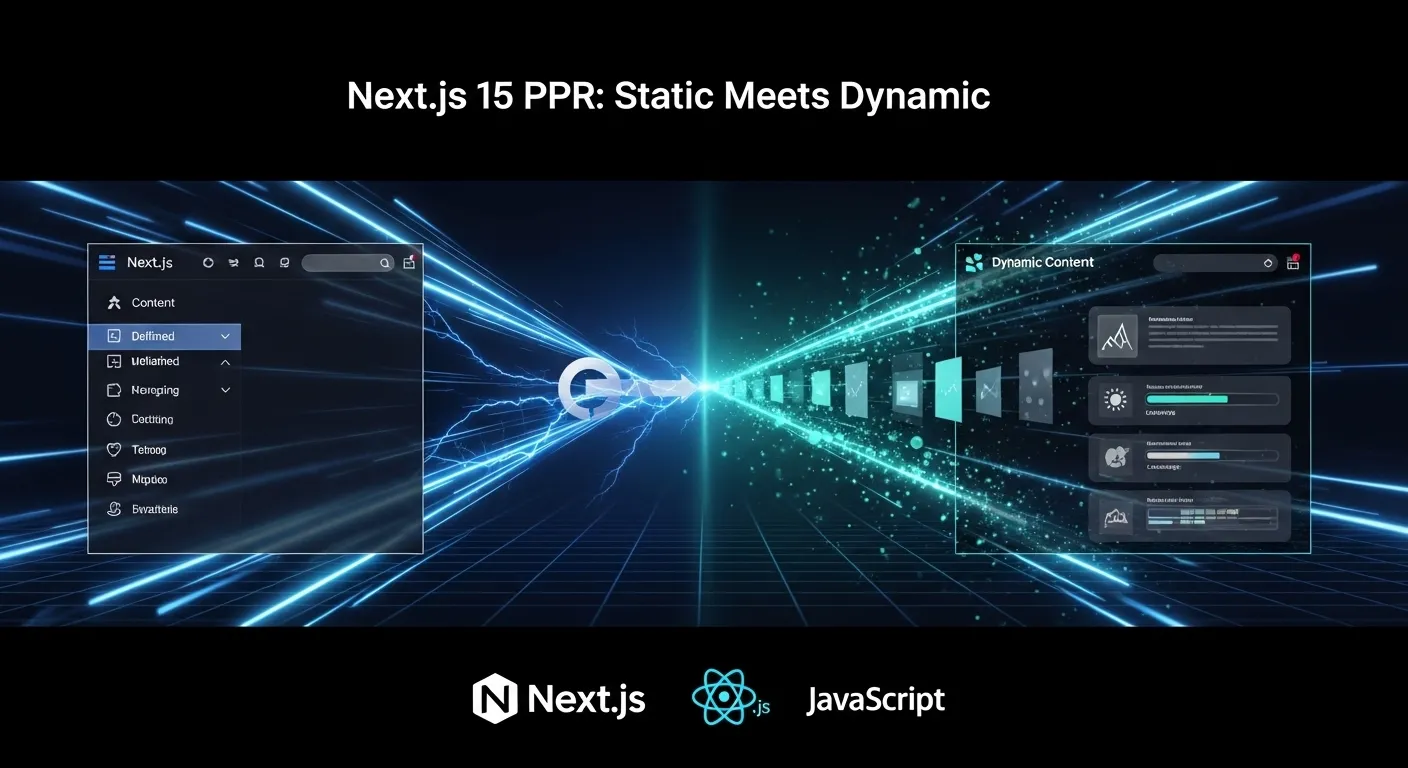
Next.js 15 Partial Prerendering (PPR): The Future of Web Performance
What is Partial Prerendering (PPR)? 🎯
Next.js 15 introduces Partial Prerendering - a revolutionary approach that combines the best of static and dynamic rendering.
What makes PPR revolutionary? 🔥
PPR combines the best of both worlds: lightning-fast static content with dynamic data streaming. It allows you to ship an instant static shell while progressively loading dynamic content, all within the same route.
Key Benefits 💫
⚡️ Immediate static shell delivery (header/nav/layout)
🔄 Progressive streaming of dynamic content
📦 Optimized bundle sizes with Server Components
📊 Dramatic Core Web Vitals improvements
🛠 Smarter hydration strategies
export default function Page() {
return (
<Layout>
<StaticHeader /> {/* Renders instantly */}
<Suspense fallback={<LoadingSpinner />}>
<DynamicPricing /> {/* Streams when ready */}
</Suspense>
</Layout>
);
}
Pro Tips 💡
- Design lean, focused static shells for immediate delivery
- Strategically wrap data-dependent components in Suspense
- Use Server Components to minimize client-side JavaScript
- Implement targeted revalidation strategies
- Leverage Server Actions for seamless state updates